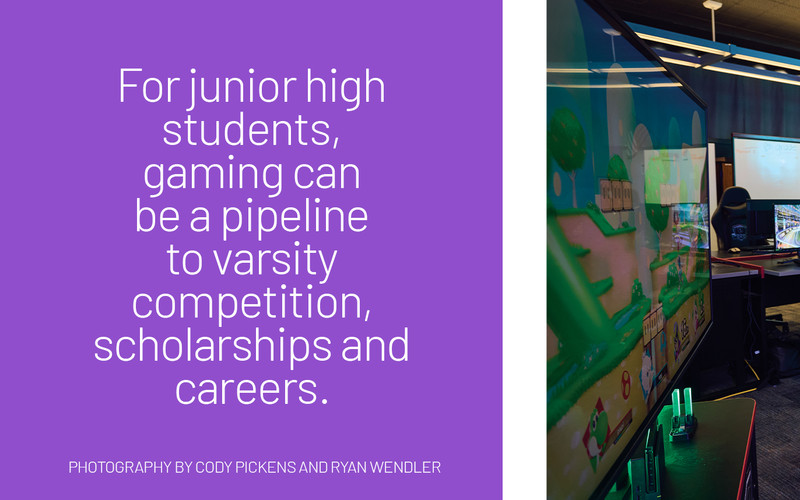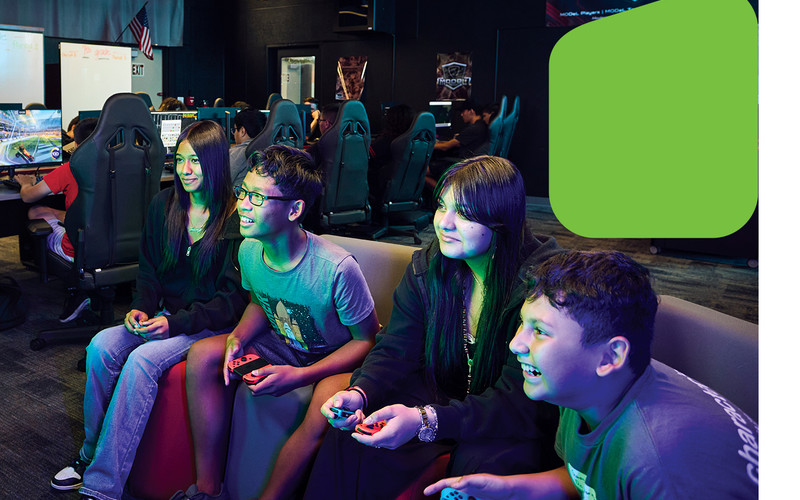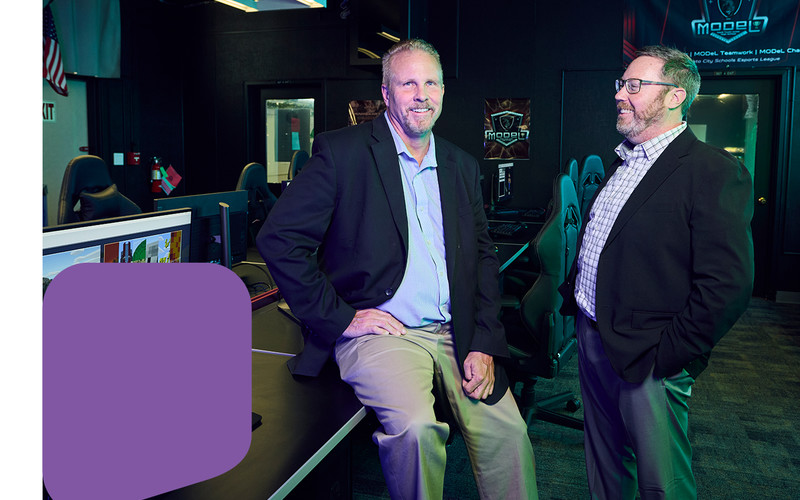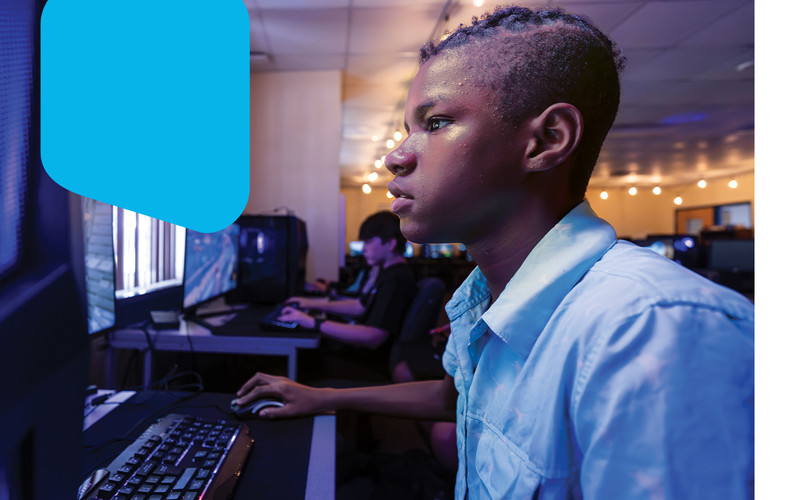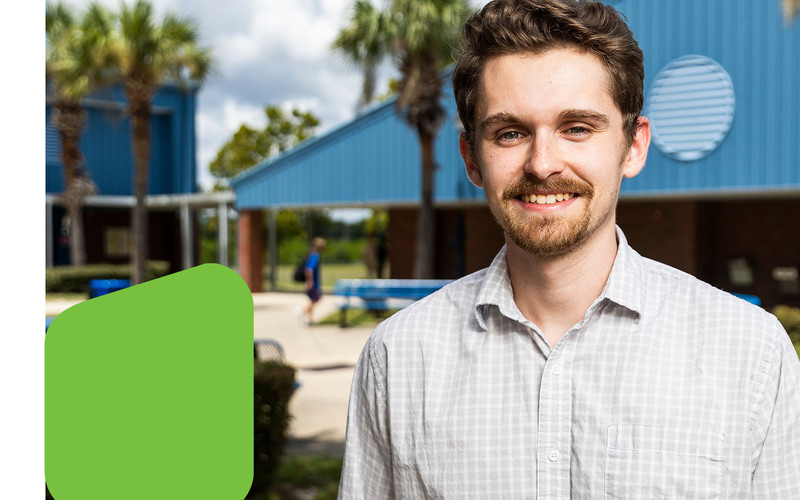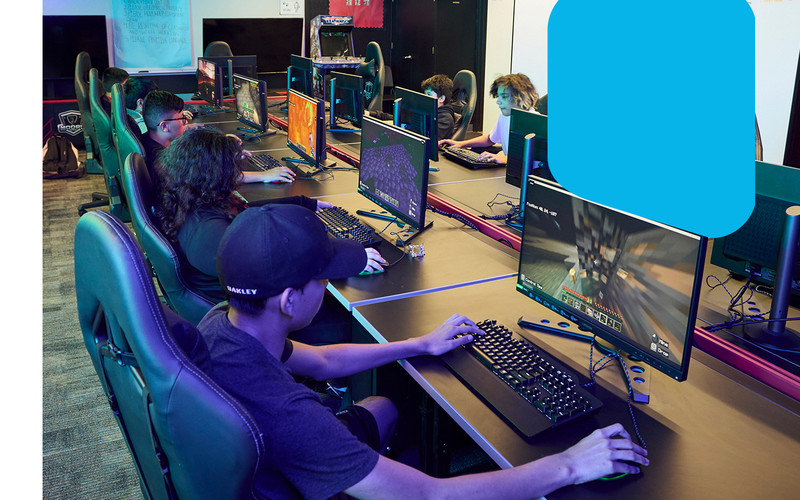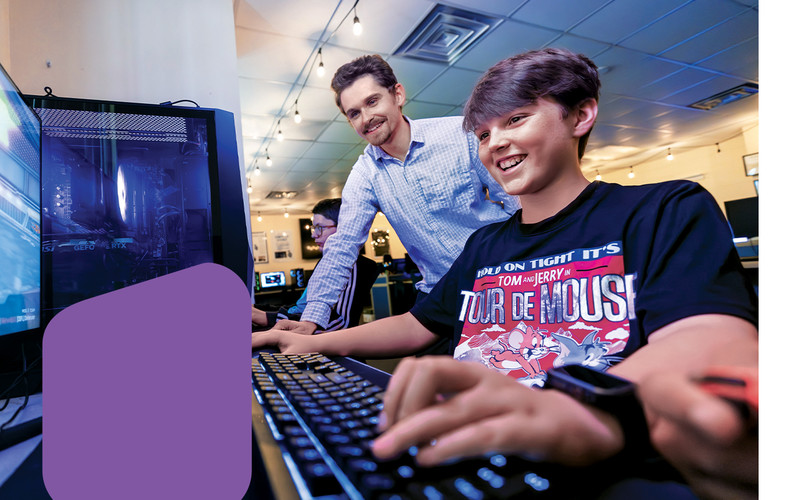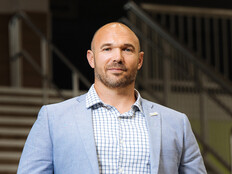By July 2022, esports was up and running at Modesto. The district used surplus pandemic-era funding to purchase the Lenovo Legion line of gaming PCs, mice, headsets and keyboards for every junior high and high school; shoutcasting desks and equipment; two Nintendo Switch consoles for each elementary school; and gaming servers and software.
Middle School Esports Programs Set Students on the Pro Pathway
From the beginning, Modesto’s vision was to have a comprehensive program tailored to each age group. However, a growing number of other districts that originally focused on high school esports are now expanding to younger grades.
In part, that’s because districts approach esports like any other sport, with a junior varsity pipeline helping middle schoolers learn teamwork, sportsmanship and social-emotional skills as they work toward varsity-level competition. Middle school programs also recognize that esports can be a pathway to scholarships and careers in game design, video production, team management and other areas.
LEARN MORE: This school is building an esports pipeline to college and beyond.
“They’re seeing the success of the kids and the outcomes that are happening in high school and realizing it would be great to push that down to middle school,” says Dr. Michael Russell, president of education and esports integration at Generation Esports.
Generation Esports hosts high school and middle school leagues and develops scholastic esports curricula. Topics for middle schoolers might include using a Gantt chart for project planning or the importance of sleep and nutrition.
“We call scholastic esports chocolate-covered broccoli,” Russell says. “The gaming gets the kids interested, but through the game, they’re learning real-world skills.”









